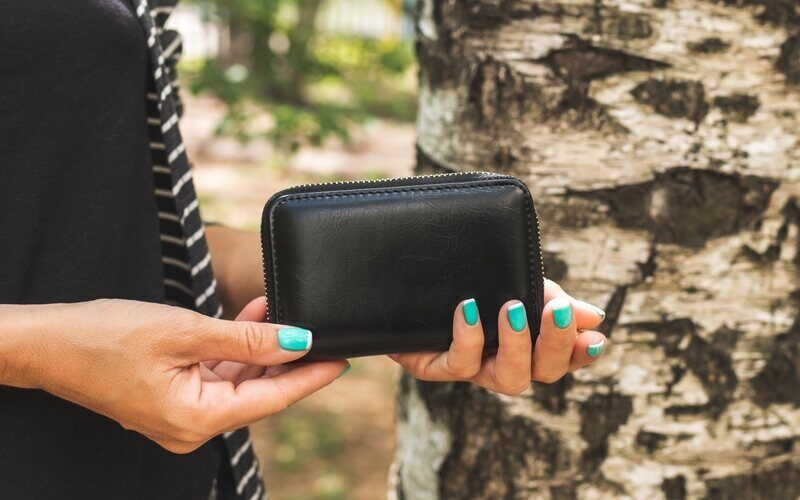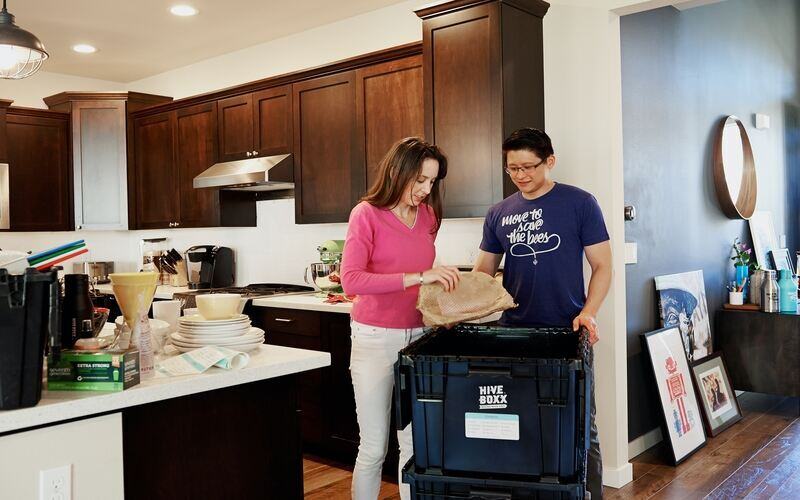Prawns on the barbie, a turkey in the oven, and neatly wrapped presents under the tree: Many of the things that make an Australian Christmas shine typically come at a cost.
And for some, crunch time has come in 2023: Inflation rose 5.4% over the 12 months to the September quarter.
It was driven higher by the cost of housing (up 7%), transport (up 5.6%), and food (up 4.8%).
All that has taken its toll on the bottom lines of many Australian households.
The household savings ratio dropped to just 1.1% in the September quarter – its lowest level since 2007.
According to recent research from Beforepay, Australians’ average daily spend rose 2.8% in November to $60.52 amid Black Friday sale events and the lead up to the festivities.
"We’re seeing normal seasonal patterns emerge, as consumers spend more in the run-up to the holidays," Beforepay CEO Jamie Twiss said.
“It’s a fun time of year, but it can be a difficult time for Australians, when the opportunity to overspend presents itself.”
Fortunately, there are plenty of ways to save now, perhaps even stashing away $1,000 before Christmas Day.
Personal sellers, handypersons, accountants, nutritionists, and tax professionals have revealed their tips to reduce spending and save money before Santa’s sleigh takes flight later this month.
Many of the professionals are users of Airtasker – a task outsourcing platform.
1. Automate your savings
Currently, many of the highest savings account interest rates on the market right now demand depositors meet certain conditions to realise their maximum available yields.
Take the ongoing 5.70% p.a. offered to those holding a MOVE Bank Growth Saver account – customers must grow the account's balance by $200 and make no withdrawals each month to realise the top rate.
Though, it's often easy to forget to deposit a certain amount each month.
Setting up regular direct deposits into your savings account is one way to minimise the risk of missing out on a conditional bonus rate.
It might even help to fast track a person’s savings account balance.
2. Plan meals ahead of time
While turning to takeaway and dining outside the house can help to avoid the dreaded dishes, it can also eat into a person’s budget in a big way.
The price of meals out and takeaway food rose 2.1% over the three months to September, while that of fruit and vegetables fell 3.7% quarter-on-quarter.
Meal prepping and pre-planning your grocery shop can be an effective way to save extra coins.
3. Sell unused items
Selling unused items, like exercise equipment, power tools, and clothing, might be one of the fastest ways to bolster a budget this December.
4. Cancel unused or excessive subscriptions
Do you pay a handful of streaming service subscriptions each month? What about fees for an unused gym membership?
Chances are cancelling one or two subscription services won’t greatly impact a person's lifestyle , but doing so could go a long way to eliminating financial strain.
5. Repair don’t replace
Replacing big ticket items like furniture or whitegoods can leave a large dint in a person’s financial position.
Often, repairing such items can turn out cheaper than replacing them, particularly if the fix is as simple as a good ol’ spray of WD-40 or a new coat of paint.
6. Thinking ahead: How to deduct Christmas gifts at tax time
The end of the financial year might seem like a long time away but engaging in a certain gifting activity today could help to minimise your tax bill later.
If you’re gifting money or donating to a charity on behalf of a loved one this Christmas, you might be able to claim your gift as a tax deduction.
“For gifts of money, you can claim a deduction where the amount of the gift is $2 or more and the recipient is a deductible gift recipient,” H&R Block director of tax communications Mark Chapman said.
Most major charities are deductible gift recipients.
The receipt provided after you make a donation should confirm whether an organisation is a deductible gift recipient.
If you're unsure, you can use the Australian Government’s ABN Lookup tool to check.
On that note, make sure to keep receipts from any donations made through a tax year – you’ll need them to substantiate deductions at tax time.
“You can claim the deduction in the tax return for the income year in which the gift is made,” Mr Chapman said.
“If you used the internet or phone to make a donation over $2, your web receipt or credit card statement can be used to substantiate the deduction.
“If you donated through third parties, such as banks and retail outlets, the receipt they gave you is also sufficient.
“If you contributed through 'workplace-giving', your payment summary shows the amount you donated.”
“If you make donations to bucket collections for bushfires and flood victims of $2 or more, you can claim a tax deduction for your contributions without a receipt provided the contribution does not exceed $10.”
However, you can’t claim a deduction on a gift or donation that benefits you directly, such as raffle tickets or tickets to a fundraising event.
You also can't claim the cost of purchasing charity items, like pens or t-shirts, for instance.
And remember, the $50 donation isn't 'free' - it merely reduces your taxable income by that amount.
Image by Jonathan Borba on Unsplash.



 Bernadette Lunas
Bernadette Lunas
 Denise Raward
Denise Raward

 William Jolly
William Jolly
 Brooke Cooper
Brooke Cooper

